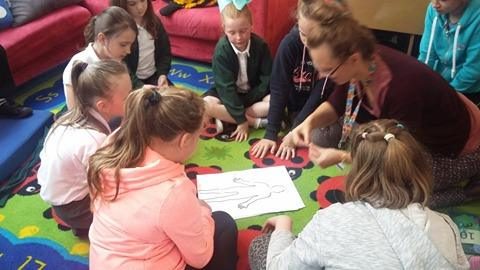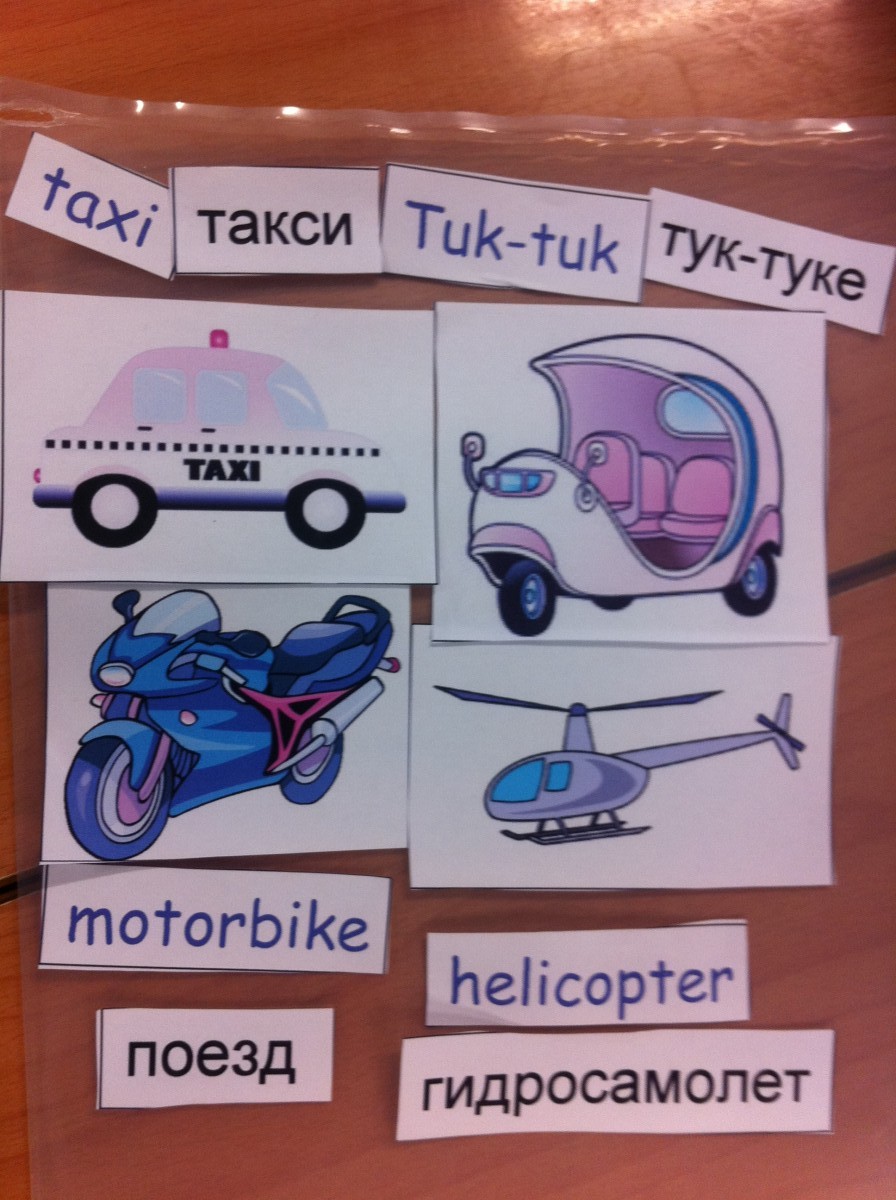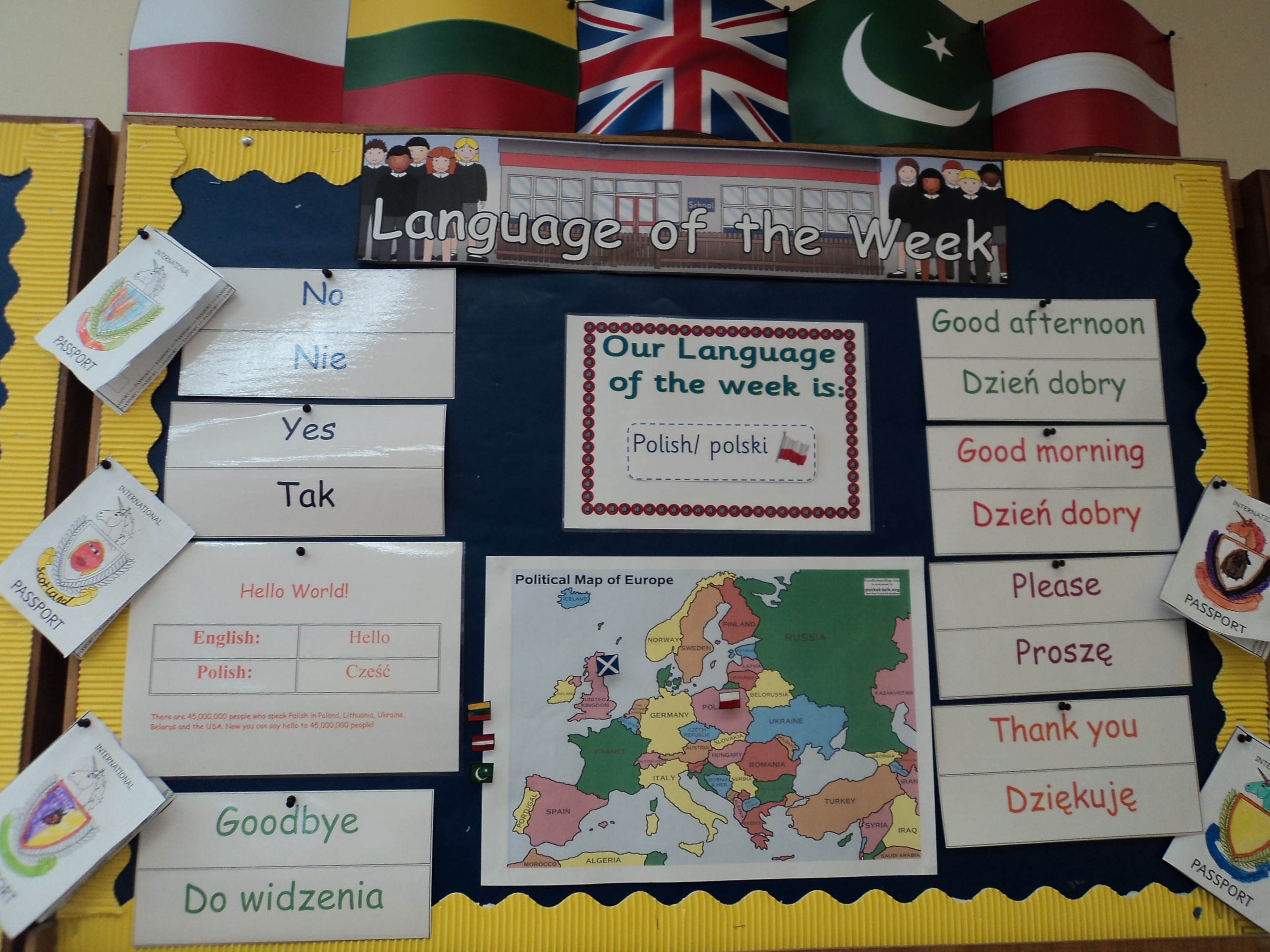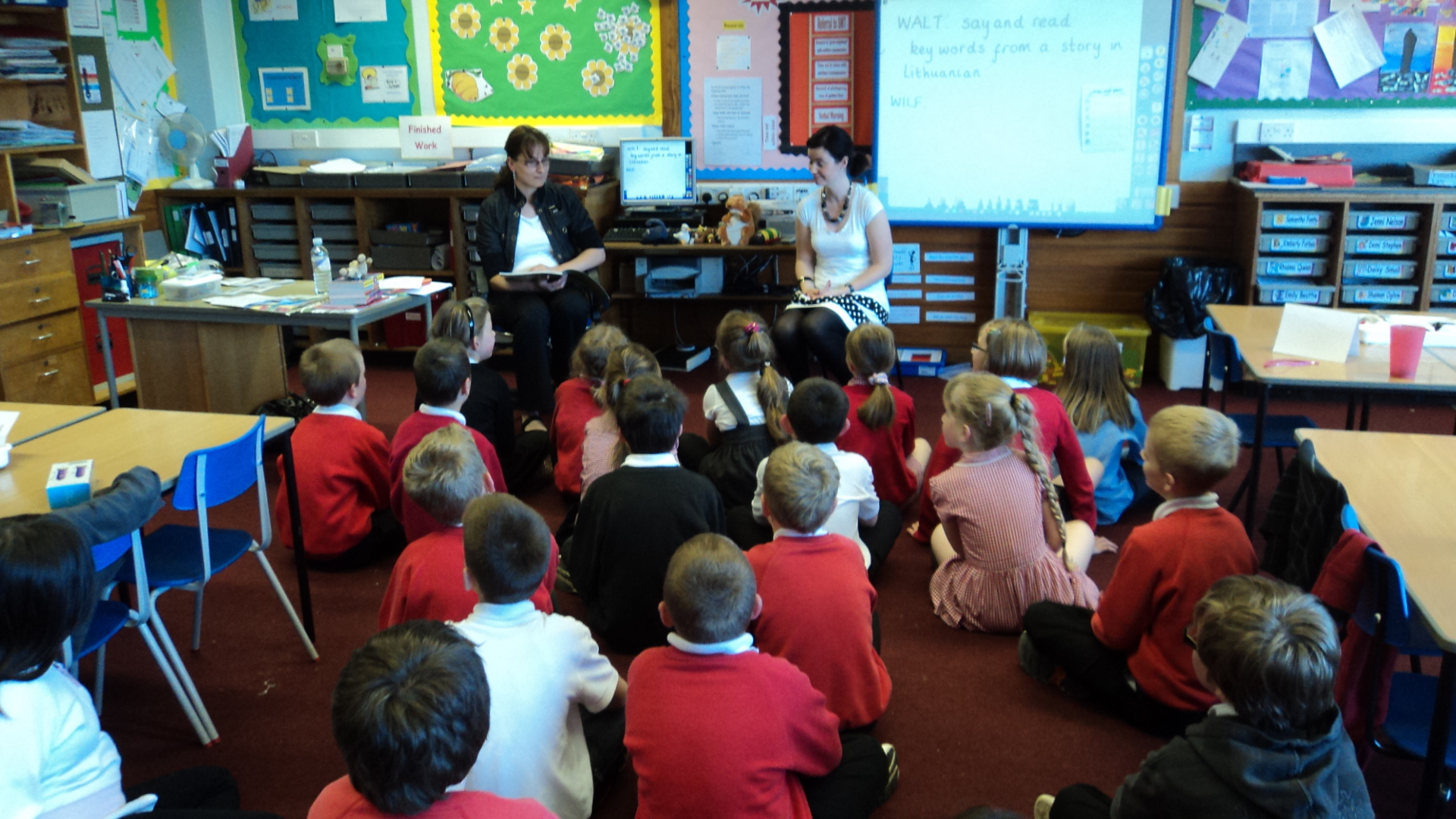HOW DO WE WORK:
The project is based on a 45 minute pupils-parents session; run every fortnight in the school. The pupils’ age range is 3-12, a group up to 10 members. Each session is focused on different areas; music, family, emotions, symbols, traditions, food presented through different activities, games and role-plays. For the first 15 minutes of the session parents are introduced to the theme of the session, its aims and the ways they can practice it at home. Then there is a 30 minutes session with the children. There are 2-3 activities practiced, depending on the theme and pupils’ engagement. The aim of the session is to communicate in the first language. Parents and children communicate between themselves in their own languages, English is required only in crucial communication.

WHO CAN JOIN US:
All pupils with English as an Additional Language and their parents are welcome. As we work together the group should be up to 10 people
All children- exposed and not exposed to their mother tongue are welcome.


We base our activities on:
-Multilingualism at school. Teacher’s guide. How to motivate children to use languages. www.multilingual-families.eu.
-30 Activities to support Multilingualism at home. Parent’s Guide on how to motivate children to use family languages. www.multilingual-families.eu.















